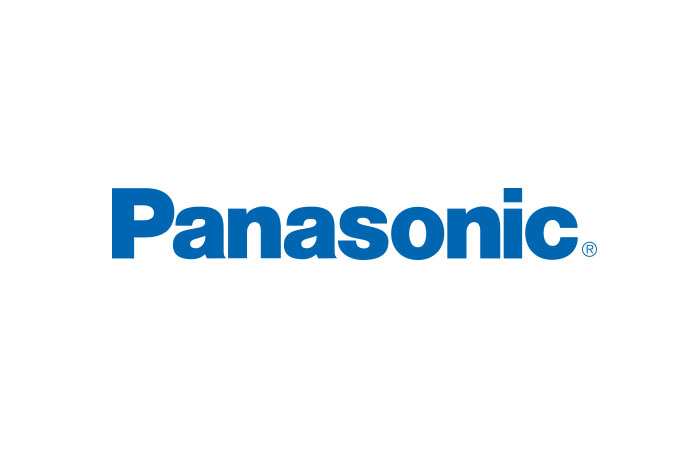With European retailers opening city-centre convenience stores in greater numbers, CO2 refrigeration technology is ripe for growth in this sector, heard ATMOsphere Europe participants.
_1543401399.jpg)
Koichiro Arakawa, Panasonic addresses ATMOsphere Europe last Wednesday.
Photo credit: Ben Beech
Natural refrigerants are already well established in Europe’s food retail sector, with data from sheccoBase (the market development arm of shecco, publisher of this website) indicating that there are already over 16,000 supermarkets using CO2 transcritical technology.
Yet the potential for future growth, especially in smaller store formats, remains enormous, heard participants in shecco’s ATMOsphere Europe conference in Italy this week (19-21 November).
Worldwide, sheccoBase estimates that there are around 6,000 supermarkets and convenience stores using CO2 condensing units or mini-boosters, some 3,500 of which are in Japan – and mostly in Lawson shops.
“The market potential in Europe is huge,” Koichiro Arakawa, assistant manager (cold chain business division), Panasonic, told ATMOsphere Europe 2018 at Lago di Garda, Italy on 21 November.
“The number of small stores is increasing here in Europe, so our objective is to provide sustainable solutions for this format here,” Arakawa said.
Emulating Japanese success in Europe
Seeking to meet European market demand for plug ‘n’ play natural refrigerant-based cooling systems as HFCs are phased down under the EU F-Gas Regulation, Panasonic is pushing its new VF Series of CO2 condensing units for refrigerated and frozen goods .
The Japanese multinational launched a 15 kW model on the European market this summer. A 4 kW unit has been available in Europe since last year.
In Japan, Panasonic already boasts around 9,500 CO2 condensing units installed in approximately 3,500 stores. It has already installed some 250 units in Europe since placing them on the market last year, from Iceland in the north to Italy and Spain in the south.
The number of small stores is increasing here in Europe, so our objective is to provide sustainable solutions for this format here.”
– Koichiro Arakawa, Panasonic
Importance of serviceability, reliability
“Optimising capacity control is a pillar of our strategy,” said Nicolas Pondicq-Cassou, Carrier. “It’s the key driver for improving energy efficiency.”
Pondicq-Cassou cited lack of space for HVAC&R equipment, particularly in city centre stores, as a key challenge to overcome.
“We must give technicians the best possible conditions to maintain the equipment,” he said, stressing the need for flexible designs that can be adapted to the space available.
Alongside serviceability, Pondicq-Cassou cited reliability as crucially important. “Small store operators can’t afford backup systems,” he said.
Pondicq-Cassou presented a case study in which Carrier’s QuietCO 2OL packaged CO2 condensing unit – commissioned in a Tesco convenience store in Shaw, Greater Manchester in August 2017, is reducing average yearly running costs by 25% compared to an HFC (R448A) system in a similar store in nearby Cinderhill (2 Jan. 2018-3 July 2018 data).
You need OEMs, installers and end users to switch to natural refrigerants to drive down costs.”
– Henrik Christensen, Reftronix
Control solutions to improve efficiency
Electronic control solutions can also help to improve efficiency, and therefore the business case for CO2 in small stores.
With convenience stores also needing to move away from HFCs to comply with the EU F-Gas Regulation, “a technology shift must occur to meet this demand,” said Henrik Christensen, business development manager at electronic solutions provider Reftronix.
“The availability of CO2 components here is critical,” Christensen said. “You have a business case partly driven by legislation, but you need OEMs, installers and end users to switch to natural refrigerants to drive down costs.”
Diego Malimpensa, business unit manager (retail solutions) at CAREL, spoke of the growth potential for DC inverter waterloop systems with CO2. “This technology helps to solve some of the challenges faced by smaller store operators, such as space limitations, noise levels, and the need for swift installation and maintainance to reduce downtime,” Malimpensa said.
Yoram Shabtay, a veteran heat exchanger designer who heads the consulting firm Heat Transfer Technologies, LLC, argued that “optimising heat exchanger design can save you space, refrigerant charge, and weight – all of which translates into money”.
Related stories




